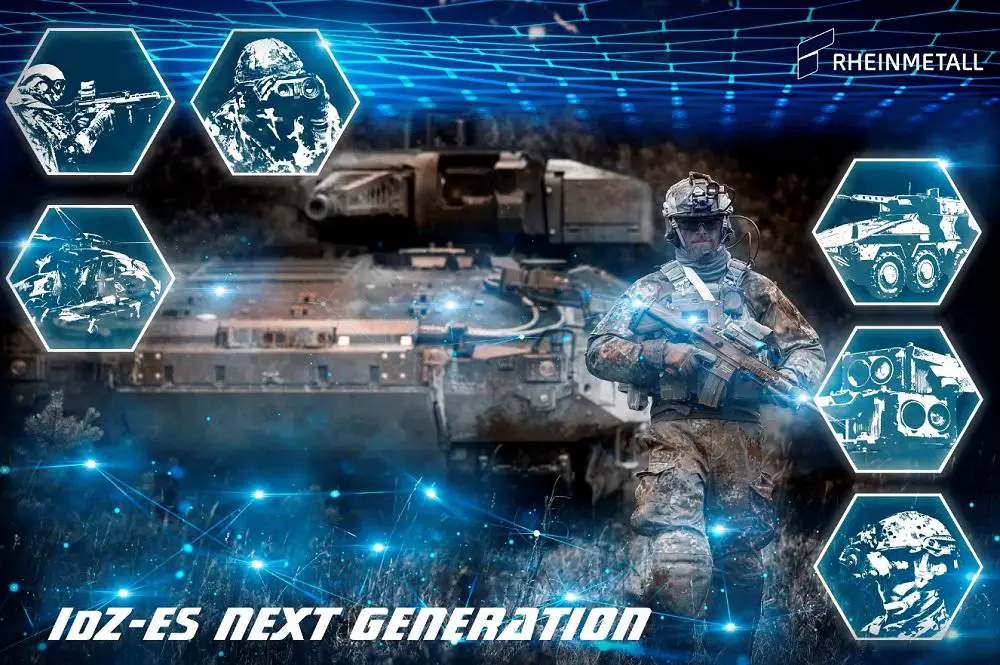The German Bundeswehr has contracted with Rheinmetall to modernize the command and control equipment of its soldier systems. A total of 14 “Future Soldier- Extended System” platoon systems are to be delivered to the troops. These comprise equipment for 476 individual soldiers. Worth a figure in the mid-double-digit million-euro range, the order was booked in December 2022, shortly after the budget committee of the German Parliament appropriated funding from the country’s €100 billion special procurement fund. The VJTF 2023 version of the “IdZ-ES” soldier system links dismounted troops to the Puma infantry fighting vehicle, which serves as their “mother ship”. For the German Army, the “System Panzergrenadier” represents a significant step in the process of digitalization.
The Very High Readiness Joint task Force (VJTF) is a military unit of around 5,000 personnel. The VJTF’s job is to be ready at a moment’s notice to respond to major crises immediately. The VJTF gathers following the first signs of potential international trouble before a crisis begins, to act as a potential warning to further escalation. Mobilisation of such a large, well-prepared force sends a message to any would-be attacker that NATO will respond with the full force of the Alliance to any attack against an ally. The VJTF is the spearhead of the NATO Response Force structure, and supporting contributions also rotate between members yearly. This means that nations provide headquarters, combat ready forces, and logistics capabilities for between a year and 18 months at a time.
The IdZ-ES offers two essential advantages. First, it is now possible for all mounted and dismounted personnel to access the same information. Second, they can disseminate this information between each other much more precisely, more quickly and in a more robust manner. Close networking of sensors and effectors of both the soldiers and infantry fighting vehicle minimizes the time between target detection and target engagement. Melding these capabilities into a total system of systems enables more effective tactical interaction between dismounted troops and their infantry fighting vehicle, in turn enhancing the combat effectiveness of mechanized infantry formations. As a longstanding partner of Germany’s armed forces, Rheinmetall leverages in-depth expertise gained in the IdZ-ES programme.
Panzergrenadier is a German term for mechanized infantry units of armoured forces who specialize in fighting from and in conjunction with infantry fighting vehicles (IFVs) that is, armoured troop carriers designed to carry a mechanized squad of six to eight soldiers into combat while providing direct fire support for those troops. Panzergrenadier combat is conducted in close cooperation with IFVs. Each Panzergrenadier squad has its own designated IFV during battle. The main weapon system of the German Panzergrenadiers is the Schützenpanzer Puma IFVs. As part of the Future Soldier-program, the German Infanterist der Zukunft program is also intended to be introduced into Panzergrenadier units and is already deployed with German soldiers in Afghanistan.















